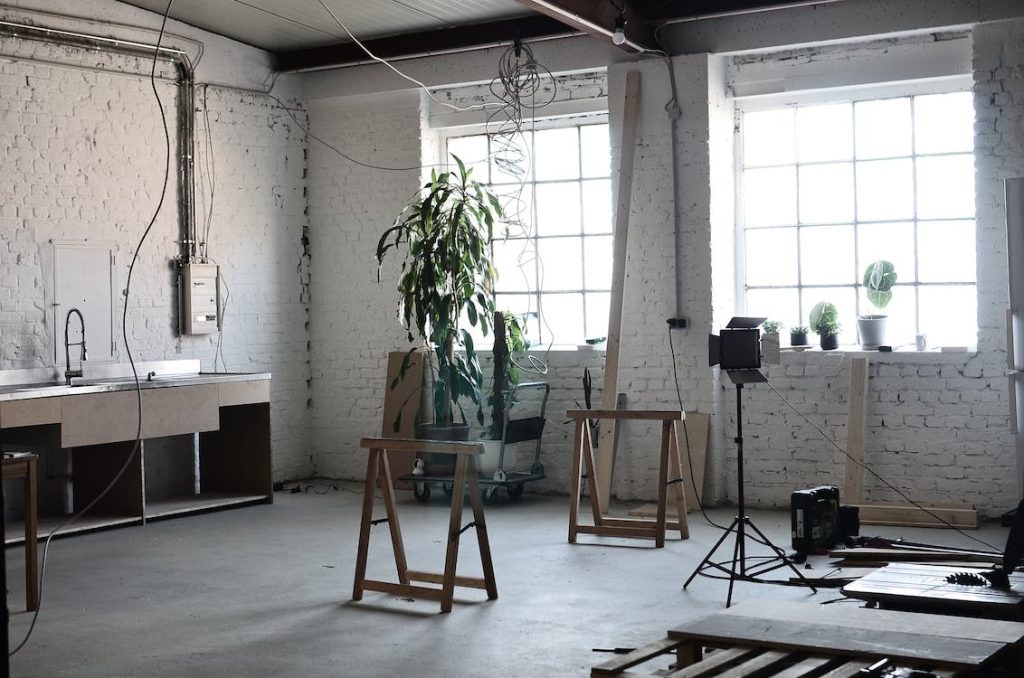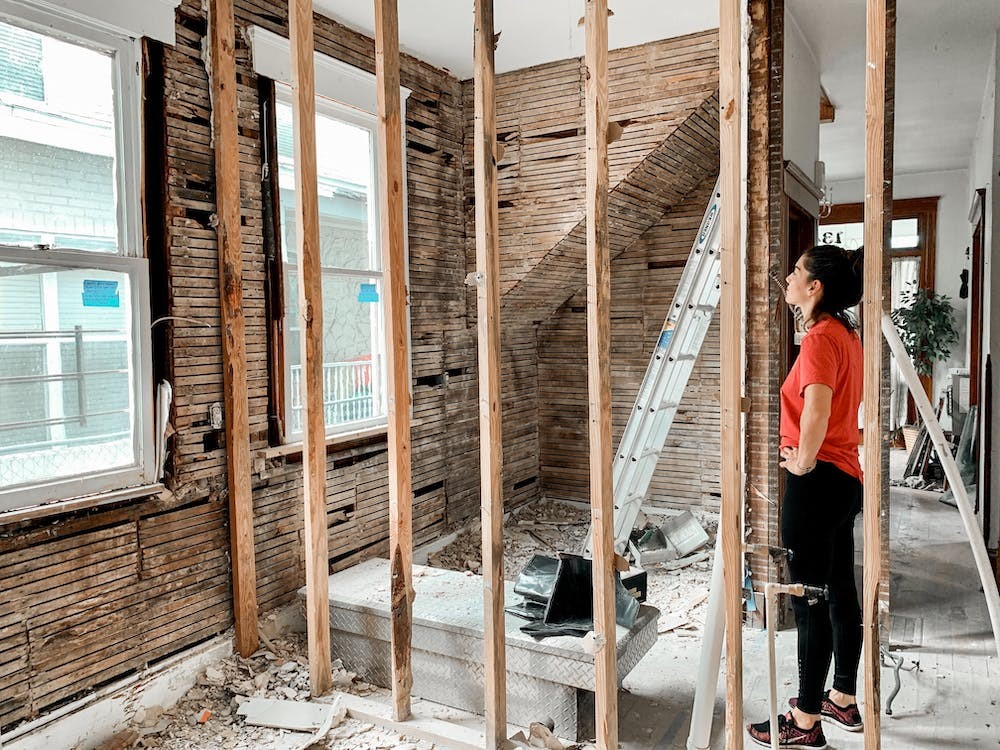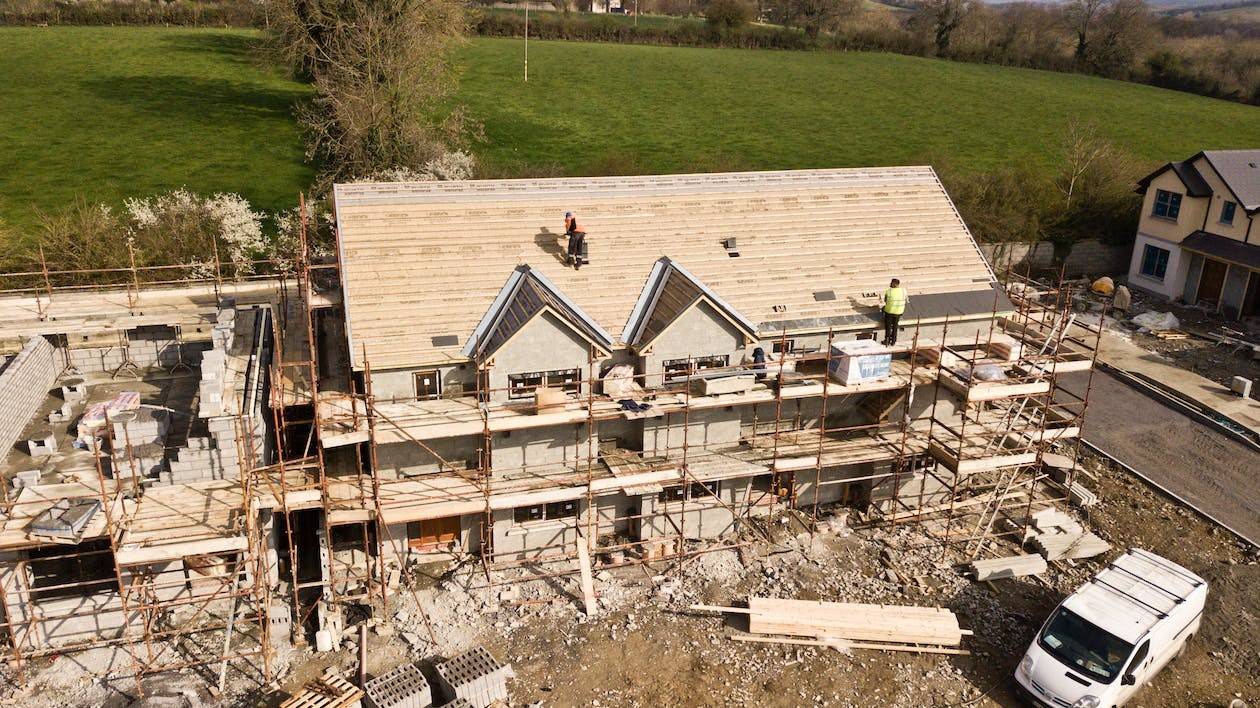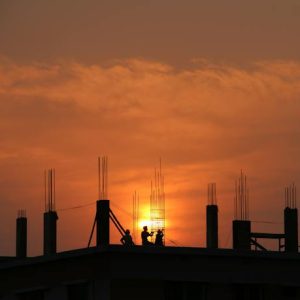Building a house is one of the most significant and exciting undertakings many of us will face in our lifetimes. We dream of the perfect layout, imagine the memories to be made in our new spaces, and perhaps even doodle sketches of our ideal homes during slow afternoons. But let’s be real for a moment: alongside all that excitement is the looming question, “How much is it all going to cost?”
If you’ve found yourself asking this very question, you’re not alone. Every potential homeowner does. And I’d love to give you a straightforward number right off the bat, but the truth is, house building costs can be as varied as the homes themselves. Factors like location, materials, design, and unexpected hiccups (because, let’s face it, there’s always a hiccup or two) can significantly influence the final tally.
So, rather than a one-size-fits-all answer, this article will walk you through the myriad of elements that play into the cost of building your dream home.
Factors That Determine the Cost
Determining the cost of building a house isn’t as simple as browsing a shopping catalog and picking out a design. Several dynamic factors come into play. Let’s journey through each one, like a homebuyer wandering through a house’s rooms, to understand the whole picture.
a. Size of the House
Have you ever heard the phrase, “Size matters”? Well, when it comes to house building, it genuinely does. The bigger the house, the more materials you’ll need, and the more labor hours it’ll take to get the job done. Think of it this way: if your house was a pizza, a small home would be your personal pan size, while a mansion would be that giant party pizza that takes two people just to carry in the door. And as with pizza, you’re paying for every extra slice (or in this case, square foot).
b. Location
If you’ve ever played a game of Monopoly, you know that some spaces on the board are more coveted (and costly) than others. Similarly, land in prime neighborhoods or cities often comes with a heftier price tag. On the flip side, building in a rural area might save you on land costs, but could up your expenses in things like utilities or road accessibility.
c. Design and Complexity
Here’s where personal flair enters the equation. A straightforward, rectangular, single-story design? Likely less pricey. But if you’re dreaming of a multi-storied, architecturally intricate home with turrets, vaulted ceilings, and a hidden library (hey, we can all dream, right?), then you might be looking at a higher bill.
d. Materials Used
Imagine shopping for clothes. There’s a difference in cost between a generic tee and a designer shirt. Building materials aren’t any different. Standard materials get the job done, but if you’re leaning towards marble countertops, hardwood floors, or a slate roof, your material budget will rise accordingly. Have you ever imagined how many 2×4 the house would require? Or how much cement? They all add up.
e. Labor Costs
Remember the kids in school who were REALLY good at certain subjects and would be hired to tutor others? Skilled labor is a bit like that. Expert craftsmen, experienced plumbers, or electricians might cost a tad more than general laborers. The trade-off? You’re getting quality work that could save you maintenance costs in the long run.
f. Permit and Inspection Fees
Think of this as the “paperwork” segment of your house building journey. Depending on your locale, there might be fees for getting your construction plans approved, ensuring everything’s up to code, and getting those essential thumbs-ups from inspectors.
g. Infrastructure and Utilities
Building in an area without existing utilities can be akin to setting up camp in the wild. You’ll need to figure out water, sewage, electricity, and maybe even a way to access your new abode. It’s the behind-the-scenes work that makes modern living, well, modern.
h. Market Demand and Economic Factors
Lastly, just as holiday seasons can drive up the cost of plane tickets, economic factors can influence the price of construction. Material shortages, high-demand periods, or inflation can all play a part in how deep you’ll have to dig into those pockets.
Also Read: MODERN HOUSES WITH BROWN ROOFS
As we continue, keep in mind that while individual costs might feel overwhelming, knowledge is power. Understanding these factors gives you the tools to budget wisely and make decisions that align with your dreams and wallet.

Hidden Costs in House Construction
The realm of house building, as thrilling as it is, also has its own set of sneaky expenses that might not be immediately obvious. Think of these as the ‘plot twists’ in your home-building adventure. Forewarned is forearmed, so let’s shine a light on some of these often-overlooked costs.
a. Delays and Overruns
Ever planned a picnic, only to have it rain? Construction projects have their own version of rainchecks. Weather delays, waiting for permits, or unavailability of certain materials can push your timeline. This often means more days of labor costs and potential price hikes for prolonged rentals of machinery or equipment.
b. Change Orders
Picture this: halfway through the building, you decide you’d love a bigger window in the living room to catch those sunsets better. While it sounds delightful, changes from the original plan (known as change orders) can add unexpected expenses. Remember, flexibility often comes at a price.
c. Financing Costs
Unless you’ve got a chest of gold buried somewhere (and if you do, lucky you!), you might be financing your construction. Loans aren’t just about the principal amount; there are interest rates, processing fees, and potential penalties to consider. It’s crucial to understand your loan terms thoroughly to avoid surprise costs.
d. Post-construction Expenses
Ah, the house is built, and you’re ready to move in! But wait, there’s more. Landscaping to make your outdoors as lovely as the inside, furnishings to fill up the space, utility setup fees, and even things like window treatments or security systems—all these move-in essentials add to the total expenditure.
As the saying goes, “It’s the little things that count.” And in home construction, those little things can add up. Being aware of these hidden costs doesn’t just prevent unwelcome surprises; it also helps you budget better, plan smarter, and navigate the construction journey with clearer eyes and a steadier footing. So, with these insights in hand, you’re one step closer to making that dream home a reality without any unexpected hitches.
How to Save Money When Building a House

Sure, constructing a home can be pricey, but there are strategies to manage and even reduce costs. Here are some key cost-saving measures with brief explanations:
a. Planning and Research: The more thorough your initial planning, the less likely you’ll encounter unexpected expenses. Research can help you find cost-effective materials and solutions.
b. Bulk Purchasing: Buying materials in large quantities can offer discounts. It’s the classic ‘buy more, save more’ scenario, especially if you can anticipate all your needs from the start.
c. Hiring Experienced Professionals: While it might seem counterintuitive, seasoned pros can work more efficiently and help avoid expensive mistakes. Think of it as an investment in quality and peace of mind.
d. Evaluating Return on Investment: Spending more upfront on energy-efficient materials or systems can lead to significant savings over time. Sometimes, it pays to think long-term.
By integrating these strategies, homeowners can navigate the financial challenges of construction with a bit more ease and confidence. It’s all about being smart, savvy, and forward-thinking.
Conclusion
Embarking on the journey to build a house is akin to crafting a unique story. One filled with dreams, decisions, and dedication. As with any grand endeavor, understanding the financial landscape is crucial. From the obvious costs like materials and labor to the more subtle expenses that lurk in the shadows, being informed is your most potent tool.
By now, you’ve walked through the many facets of home-building expenses, both anticipated and hidden, as well as some savvy strategies to keep those costs in check. Remember, while the journey might be sprinkled with challenges, the reward of a home that’s uniquely yours is worth every effort.
So, future homeowner, armed with this knowledge, may you navigate the path to your dream abode with clarity, confidence, and a keen sense of financial insight. Here’s to laying solid foundations, not just for your house, but for a bright, comfortable future within its walls. Cheers to new beginnings!




